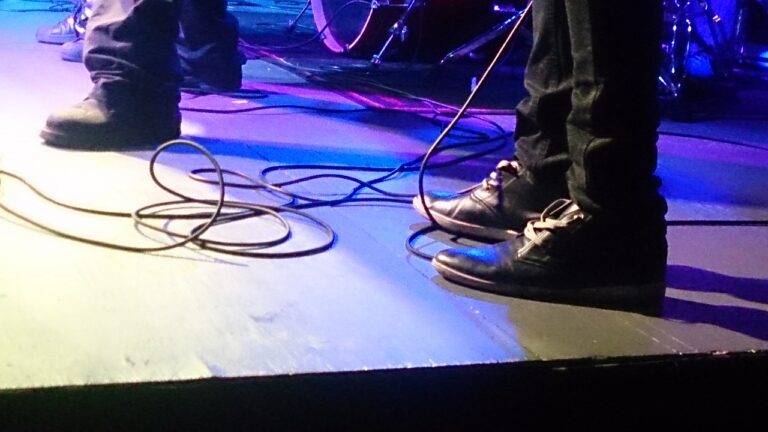Review: Advances in Virtual Reality Exposure Therapy for Anxiety
Virtual reality technology has made significant strides in recent years, allowing users to immerse themselves in realistic and interactive simulated environments. Through advanced graphics, motion tracking, and haptic feedback, VR experiences have become more lifelike and engaging than ever before. This level of immersion has paved the way for applications across various industries, from entertainment and gaming to education and healthcare.
Furthermore, the development of standalone VR headsets has increased accessibility and convenience for users. These wireless devices eliminate the need for external sensors or a powerful PC, making VR experiences more user-friendly and portable. As the technology continues to evolve, we can expect even more innovative features and applications to emerge, further blurring the line between the physical and virtual worlds.
Understanding Virtual Reality Exposure Therapy
Virtual Reality Exposure Therapy (VRET) is a cutting-edge approach that utilizes virtual reality technology to treat anxiety disorders. By immersing individuals in realistic virtual environments, VRET allows therapists to gradually expose patients to feared stimuli in a controlled and safe setting. This exposure helps individuals confront their fears and anxieties in a way that is both effective and manageable.
Through repeated exposure to triggering situations, patients can learn to manage and eventually overcome their anxiety. The interactive nature of virtual reality provides a unique opportunity for individuals to practice coping strategies and receive feedback in a controlled environment. This form of therapy can be tailored to each individual’s specific fears and triggers, making it a highly personalized and effective treatment option for a variety of anxiety disorders.
Effectiveness of Virtual Reality Therapy for Anxiety
Virtual reality therapy has shown promising results in the treatment of anxiety disorders. By creating immersive and interactive environments, virtual reality allows individuals to confront their fears in a controlled setting. This exposure therapy helps patients gradually build up their tolerance to anxiety-inducing stimuli, leading to reduced symptoms over time.
Studies have demonstrated that virtual reality therapy can be as effective as traditional in-person therapy for treating various anxiety disorders. The ability to tailor environments to each individual’s specific fears and triggers makes virtual reality a highly customizable and targeted treatment option. Additionally, virtual reality therapy offers a safe space for patients to practice coping strategies and relaxation techniques, paving the way for long-lasting improvements in anxiety management.





